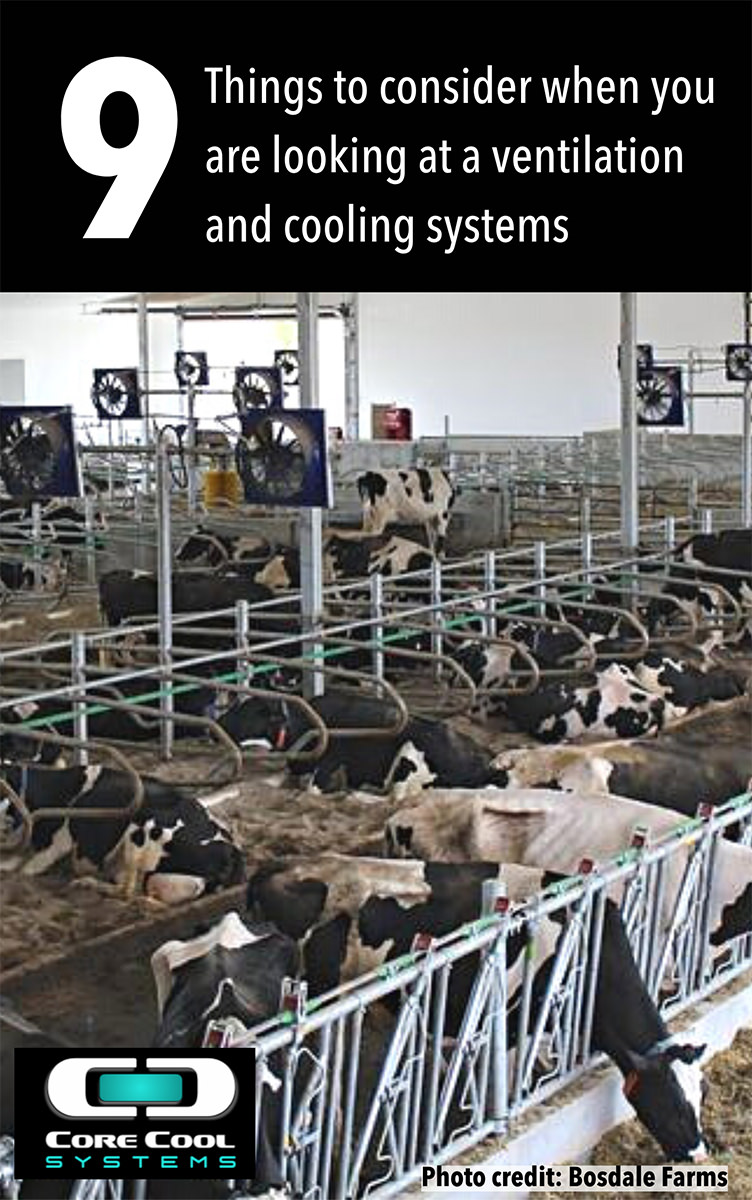The Impact of Heat Stress on Milk Composition and Dairy Farm Profitability

Heat stress in cattle has a profound impact on both the quantity and quality of the milk they produce. This impact is especially pronounced in high-yielding breeds like Holsteins. Heat stress disrupts the balance in milk composition, leading to significant changes that affect the profitability of dairy operations.
Impact on Milk Composition:
When cows experience heat stress, their internal heat production, especially during lactation, reduces their ability to cope with high temperatures. This, in turn, results in changes in the composition of their milk. The most significant changes occur when their core body temperature rises above their comfort zone.
-
Protein and Fat: Heat stress typically reduces the levels of protein and fat in the milk. These two components are crucial in the payment structure for milk in most areas, directly impacting profitability and affecting the cost of production.
-
Solids-Not-Fat: Other components like solids-not-fat, which include minerals and other solids, may also decrease. These changes influence the overall nutritional quality of the milk.
-
Fatty Acids: Heat stress can alter the types of fatty acids in the milk, with short-chain fatty acids decreasing and long-chain fatty acids increasing.
-
Lactose: The primary carbohydrate in milk, lactose, can be affected, impacting the sweetness and digestibility of the milk.
Factors Influencing Milk Composition Changes:
-
High-Yielding Breeds: High-yielding cows are particularly sensitive to heat stress, so they are often the hardest hit. Their increased metabolic activity results in more pronounced changes in milk composition during heat stress.
-
Heat Load Index: The heat load index, accounting for temperature and humidity, is closely associated with changes in milk composition. As this index rises, milk composition tends to decline.
-
Breed Variability: Different breeds of cows may react differently to heat stress. Many experience declines in milk solid, fat, and protein concentrations as the temperature-humidity index (THI) rises.
-
Long-Term Effects: Prolonged heat stress can affect cow health, reproduction rates, and overall herd performance. These long-term impacts can continue to affect the operation for months after the heat events occur.
Impact on Profitability:
The changes in milk composition due to heat stress have several implications for the profitability of dairy operations:
-
Reduced Milk Quality: Lower-quality milk, a common outcome of heat stress, may not meet the standards required for certain dairy products. This can lead to lower prices when selling to processors, negatively affecting revenue.
-
Reduced Dairy Product Yields: Changes in milk composition can influence the process of making dairy products such as cheese and butter, resulting in lower yields and affecting product quality.
-
Market Price Fluctuations: Dairy product prices can fluctuate based on factors like supply and demand. Lower-quality milk may fetch lower prices, affecting profitability.
-
Higher Healthcare Costs: Heat stress can lead to health issues in cows, necessitating increased veterinary care and treatment, which can increase expenses.
-
Feed Costs: To manage the effects of heat stress, farmers may need to adjust the cows' diet, potentially increasing feed costs.
-
Reduced Milk Production: Heat stress often leads to decreased milk production per cow, resulting in a loss in milk production and revenue.
Heat stress impacts not only the quantity but also the quality of milk cows produce. This effect is more pronounced in high-yielding breeds and during high-temperature-humidity conditions. The economic consequences include reduced revenue due to lower milk quality, decreased dairy product yields, increased healthcare costs, elevated feed expenses, and the necessity of cooling systems. Dairy farmers must be vigilant in managing heat stress to protect milk quantity and quality, ultimately safeguarding the financial health of their operations.
Customer Testimonial
"Since installing the Core Cool System (CowKühlerZ Series), our production stays at the same level regardless of the summer, and the cows are eating all the time. They are no longer heat-stressed. Their dry matter intake remains steady; they continue to ruminate and continue to produce milk. Interestingly, the milk quality has improved, and butterfat has gone up 0.2%. The only difference in management has been the CowKühlerZ system. We attribute the increase in butterfat percentage to the system. We are very happy with our secession to invest in a Core Cool System" QC, Canada Customer.
Investment in Cooling Systems: Implementing and maintaining a cooling system to prevent the impact of heat stress is a capital investment that, while costly upfront, is often quickly justified. Choosing a system that focuses on maintaining core body temperature within the cows' thermal comfort zone will have a significant and positive impact on a dairy operation's bottom line. Core Cool Systems continuously monitors ambient air temperature and humidity, then adjusts air speed and water application to match the climatic conditions in the barn and keeps the cows in their thermal comfort zone.
Protect your milk quantity and quality and your bottom line from the damaging impacts of heat stress. Invest in a Core Cool System. Don't let heat stress compromise your milk quality or quantity. Reach out to me at nancy@corecoolsystems.com or visit corecoolsystems.com. Start your journey towards a more profitable operation for you and a more comfortable summer in 2024 for your cows.

Share: https://www.corecoolsystems.com/blog/Blog36/The-Impact-of-Heat-Stress-on-Milk-Composition-and-Dairy-Farm-Profitability
Share Category "Cooling Cows":
https://www.corecoolsystems.com/blog/BlogCategory5/Cooling-Cows

